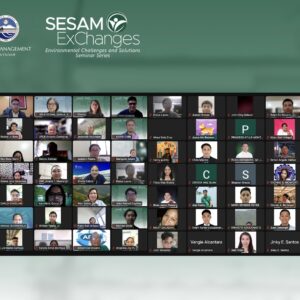SESAM Implements a Pioneering DENR-Funded Project on Invasive Alien Species (IAS)
The School of Environmental Science and Management (SESAM) is implementing a project on evaluating the impacts of the increasing geographical distribution of a major invasive alien species in Mindanao island in the southern Philippines. With funding from the Department of Environment and Natural Resources Central Office (DENR-CO) through its Foreign-Assisted Special Projects Services (FASPS), the project aims to quantify the environmental, socio-cultural, and economic impacts of Piper aduncumas basis for the formulation of enhanced management in Allah Valley Protected Landscape (AVPL).
Piper aduncum, locally called buyo-buyo, is a small tree belonging to the family Piperaceae, characterized as a plant that reaches a height of about 7 to 10 m, with alternate leaves, spiky flowers and fruits with very small seeds. It is a tropical plant that is native to Mexico and Bolivia, but now found also in South and North America, Southeast Asia and the Pacific (Rogers and Hertemink 2000). In the Philippines, P. aduncum, was believed to have been introduced in 1994 through migratory birds in Western Mindanao (FPRDI 1994). Today, most of the open areas in mountains and lowlands of Mindanao are covered by this species (Japitana 2016). This species today occupied most open areas in the island of Mindanao, whether on flat, sloping or steep slopes of mountains, agricultural and agroforestry fields or even until the urban centers.
In the Allah Valley Protected Landscape (AVPL) in particular, some view that the impacts of this species in the context of biodiversity conservation could be negative, while others have noted its potential as source of income for fuel wood production and soil erosion control as compared to when an area is colonized by other grasses. With this contrasting uses, P. aduncumhas sparked debate among various stakeholders. The DENR, therefore, has called for the formulation of a framework covering the documentation and evaluation of the different consequences to better aid decision making and to also serve as template for the evaluation of other controversial IAS in the future.
In response, a research team from SESAM has been organized with Dr. Rico Ancog and Dr. Leonardo Florece as project leaders. During its presentation at the DENR Central Office with the DENR Technical Working Group last November 15, 2018, Dr. Ancog elaborated the importance of employing a comprehensive impact evaluation framework that covers the environmental, socio-cultural and economic aspects related to IAS. For his part, Dr. Florece also highlighted the importance of the current project in providing policy guidance for the control of IAS in the context of protected area management. The project has also received statements of support from other national government agencies such as DENR-Biodiversity Management Bureau and DENR-Forest Management Bureau, among others.
The SESAM research team has also presented during the meeting of TWG-AVPL at the Office Regional Director of DENR Region XII, South Cotabato, last 5 December 2018. Dr. Hadja Didaw Piang-Brahim, Assistant Regional Director for Technical Services for Region 12, has raised the timeliness and importance of the project given the on-going concern of IAS. Similarly, For. Leonisa C. Alfaro, Protected Area Superintendent of AVPL, emphasized that the results of the project would indeed be a great contribution for their further improvement of their management plan. On the other hand, PENRO Shalimar Disomangcop acknowledged the team for recognizing the need of attention with regards to IAS in AVPL saying, “Rest assured is our commitment to support, not only for the duration of the project, but rather with its sustainability.”
The team was also invited to attend to present in the Executive Committee meeting of PAMB of AVPL last December 6, 2018. Dr. Ancog further discussed the significance of doing an evidence-based impact assessment in AVPL through evaluation of the effects of P.aduncumusing varying indicators. The project gained positive responses from the committee. Peter Carbon, the incumbent chair of Allah Valley Land Development Alliance, commended the concept of the project as a whole. Eduardo Robante, from National Commission on Indigenous People and the Chairman of a People’s Organization in AVPL, expressed his gratitude on behalf of the whole T’boli community saying, “This would definitely be a powerful tool for the protection of our environment.” Moreover, Albert Boer of Tribal Leaders Development Foundation Inc. (TLDFI) mentioned the appropriateness of the study in the area. He also added that the results of the project would finally provide answers on how to effectively address this long-time alarming issue about buyo-buyo. Finally, the Executive Committee of PAMB unanimously granted SESAM team the clearance for the conduct of the project in AVPL. Together with the clearance is their pledge in participating and supporting the project team.
By 2019, the project should have accomplished different outputs for the management of P.aduncumon AVPL. This includes an assessment and documentation report on the environmental impacts of P. aduncumon AVPL, an excel-based evaluation tool that will help and serve as a decision making tool for the stakeholders and local units involved on the management of AVPL, and policy recommendations on the management of P. aduncum(Stellah Grace Aclan and Jomari Christian D.C. Baggay).







